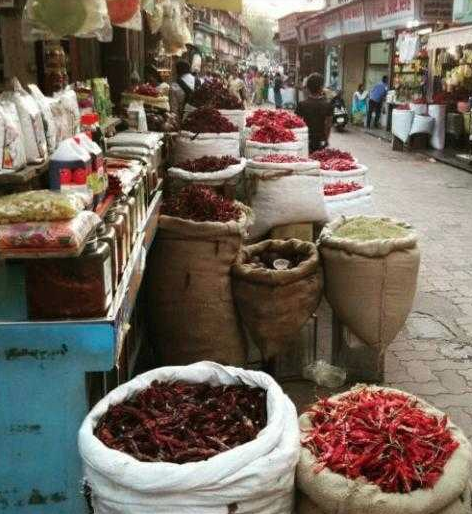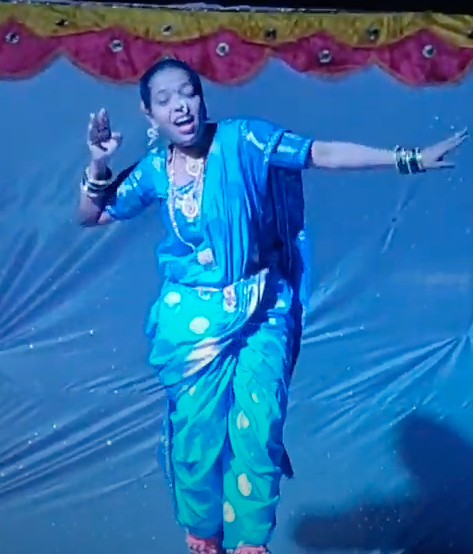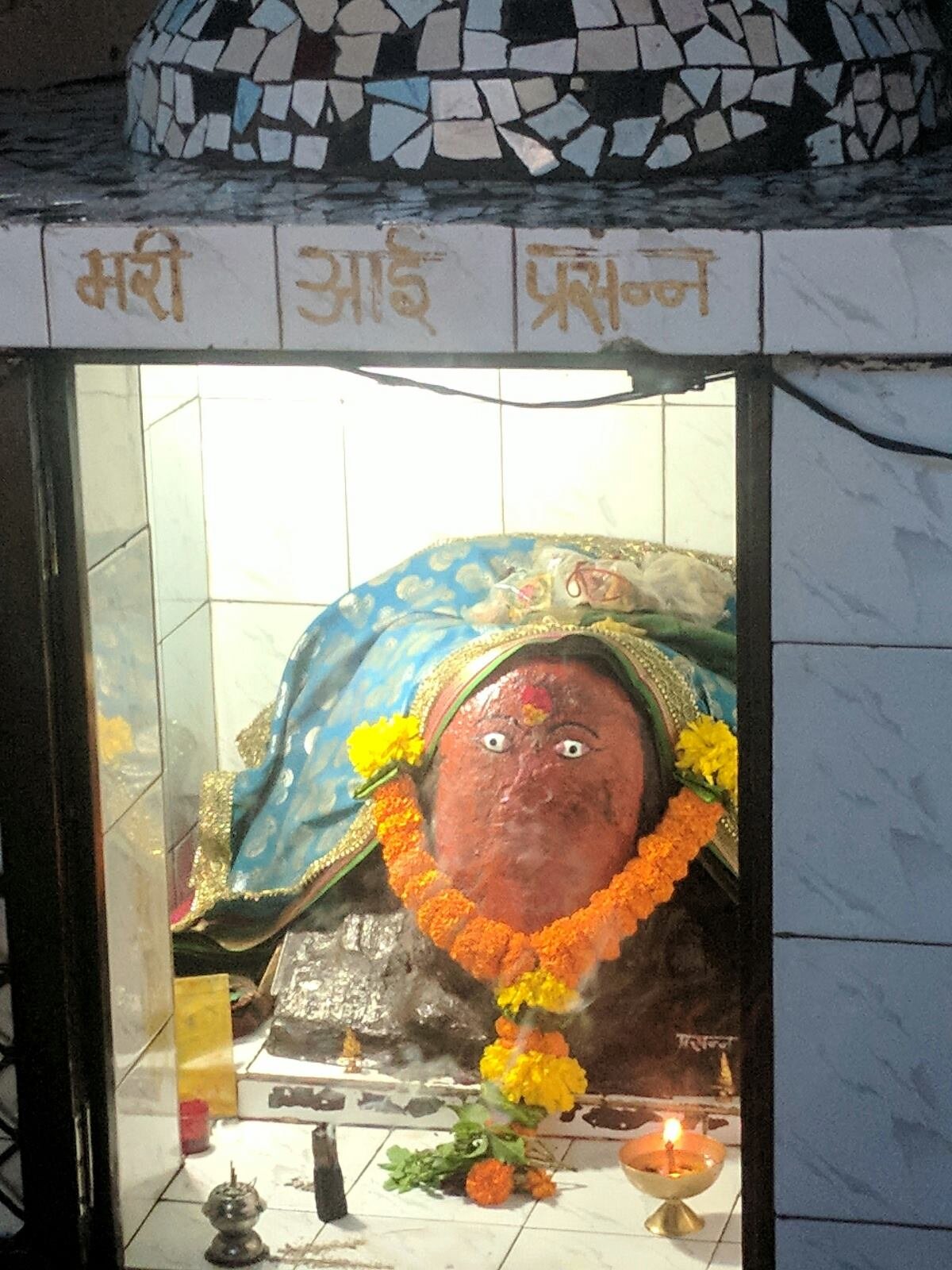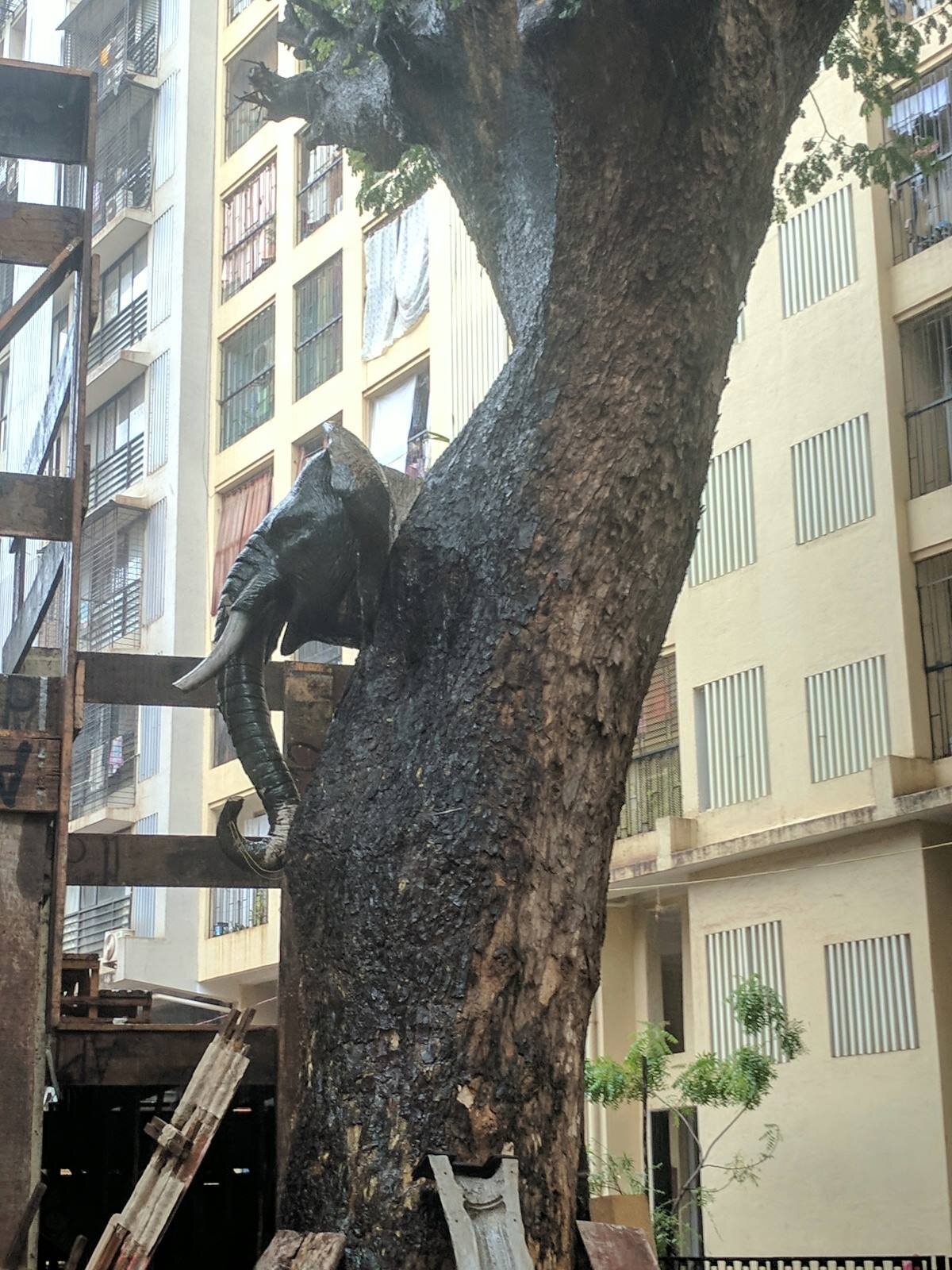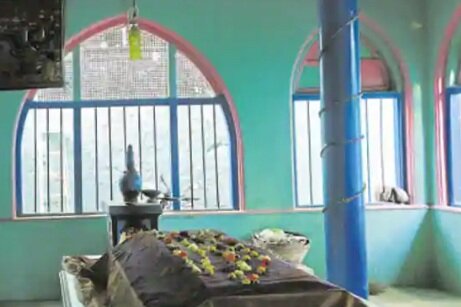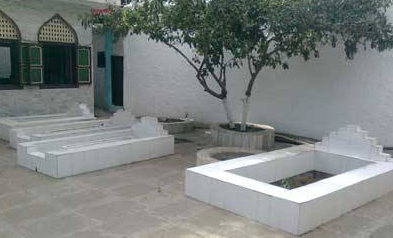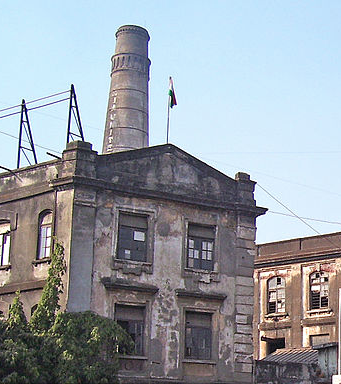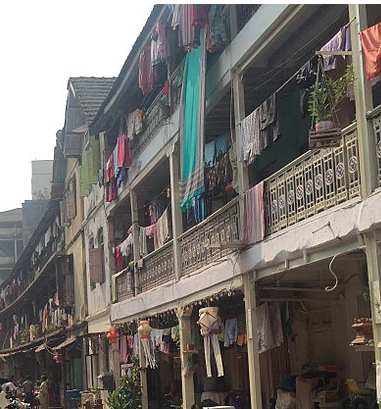LANES OF LALBAUG: IDOL WALK
Different pockets of Mumbai come alive at different times of the year, the streets of Bandra are lit and abuzz during Christmas, Worli Koliwada is busy before the monsoon hits the city and Lalbaug takes on a frenzied façade to house the most revered Ganpati of Mumbai – Lalbaugcha Raja. But it offers more. Once we choose not to fly-over it or drive past it and walk through the lanes of Lalbaug, it stops being an average, middle-class Maharashtrian locality and becomes part of the checkered history of the city.
Here are a few stops that make it happen:
THE GALLIS
Of course, there is the famous Ganesh Galli that leads us straight to the “Big G” but running parallel to it is the Chiwda Galli. It gets its name from a traditional Indian snack called chiwda - a variable mixture that includes lentils, peanuts, corn, chickpeas, flaked rice, curry flavoured with salt and a blend of spices. The standalone snack was popular with the migrant mill workers of this erstwhile mill hub. Apparently on pay day, the mill workers would pack fresh chiwda for their family. The first exclusive chiwda shop in this lane opened in 1965 and many more opened thereafter giving this street a distinct identity and a name – Chiwda Galli. It houses about 10-12 shops today. You can find chiwda elsewhere but picking it fresh and hot from this lane continues to hold a charm for many.
Mirchi Galli is not exclusive to Lalbaug. There is another in Crawford Market area, at the end of Sheikh Memon Street. It is easily missable, much smaller in scale though probably older than its Lalbaug counterpart. Lalbaug’s Mirchi Galli hits your nose with the display of different sacks of chillies spilling onto the street. They range from the super hot Guntur to Bedki, Sankeshwai, Reshampatti and wrinkled Kashmiri chillies. Here, one can not only purchase whole spices but also get them dry roasted and pounded into a masala mix.
THE TAMASHA
The Hanuman theatre or the New Hanuman Theatre was famous for its tamasha or folk dance, extremely popular with the mill workers. It was not merely a dance but an exhilarating and entertaining art of story storytelling interwoven with mythology and music that spoke the language of the mill workers. It was distinctive in its lack of any religious content or connotation. It was a composite form of recreation for the workers post their twelve hour shifts that included pawada or lyrical poetry, skit, song and a very robust and erotic form of dance – lavani. Interestingly, the appeal of tamasha also lay in the fact that most mill workers came from the Ghat-Sangli-Satara-kolhapur area, as did most tamasha artists and they wove cultural nuances from “home” into their performance.
One doesn’t find a trace of tamasha in the New Hanuman Theatre, as it doubles up as a Ganpati paraphernalia storehouse and a party/ banquet hall except for a shrine in the courtyard. It reads ‘Goddess Mari Aai’. According to local legend, the shrine is dedicated to the most popular tamasha artist of her time, Mari Aai, who got var or possessed by goddess. While most Tamasha artists weren’t considered respectable, Mari Aai finds herself in a place of worship.
THE DARGAHS
Where do the dargah’s fit in the mill-ieu? Well, according to one story, Lalbaug gets its name from the presence of the 14th century saint, Syed Hazrat Lal Shah Baj Qalandar or Lal Shah Sahib’s dargah at Tavaripada. His younger brother, Chand Shah Sahib ‘s dargah adjoining the Hanuman theatre is part of the layering of Lalbaug.
Over a century and a half old, the dargah was demolished during the 1992-93 communal riots and had to be rebuilt from scratch. A Hindu family has been taking care of the dargah since. Like the most revered deity in this neighbourhood, the two Sufi dargahs have also been associated with wish (mannat) fulfillment.
THE BAUG
The other story of how Lalbaug gets its name stems from the place where the Parsi colony, Nowroz Baug stands today. Pestonji Wadia, of the Wadia Shipbuilders had built himself a home, identified by the striking red of its walls in 1800s. A posh home and one of the first private residences to be illuminated by gaslights, it helped distinguish the neighbourhood from Parel. Soon, not only the mansion but also the surrounding area was being called Lal Baug.
Parsi Presence. Lalbaug
The Lal Baug or red palace was replaced by Nowroz Baug in 1908.
THE TALKIES
While the working class families loved tamasha, cinema was more a middle class medium of meant to provide after-work entertainment to mill superintendants and officers. Of the two that immediately come to mind, Ganesh Talkies is just a name and Bharatmata Cinema sits on the edge
Built in 1957, Ganesh Talkies fell on tough times and shut down in 1997. The developers who bought over the dilapidated Ganesh Talkies rented out the premises to a ganesh shaala. The Ganpati idols in different shapes and size, lined up where the seats had once been, facing a non-existent screen, was a quite a sight. Unfortunately, the show couldn’t go on. A multi-storeyed complex stands in its place.
Bharatmata Cinema has been a silent witness to the change in Lalbaug. It was there when the sirens from the mill rang through Lalbaug, it ran shows depending on mill shifts, continued to run through the mill strike, entry of video cassettes, Bombay bomb blasts, satellite tv, multiplexes and redevelopment. Set up in 1939, in one corner of land owned by National Textile Corporation Mill, Bharatmata Cinema continues keep the prices low and screen only Marathi films.
THE MAWLS
Mills and Chawls. They pretty much dominated the landscape of Lalbaug. Not surprising for Lalbaug with Parel, Worli and Byculla was part of Girangaon or Village of Mills. This 600-acre area in central Mumbai boasted of almost 130 textile mills, majority being cotton mills. The mills flourished until the early 1980s until the Great Bombay Textile strike (1982-1984) which transformed the landscape. The mills shut down, lakhs of mill workers lost their jobs and mill land became available real estate.
The chawls, built next to the factories to house the migrant mill workers lost relevance. Peru Chawl that find place in the narrative of how Lalbaugcha Raja came about, Tejukaya mansion with its 12 chawls, Doctors Compound, Meghwadi Chawl and many others are up for redevelopment. With developers entering Lalbaug and even rebranding it as Upper Worli, the micro-culture is about to change drastically. The mills went first, and now with erasure of a specific kind of housing, a chapter of mumbai history will close, only to be found in words.
So walking this neighbourhood is a must before the micro-culture gets lost in construction!


